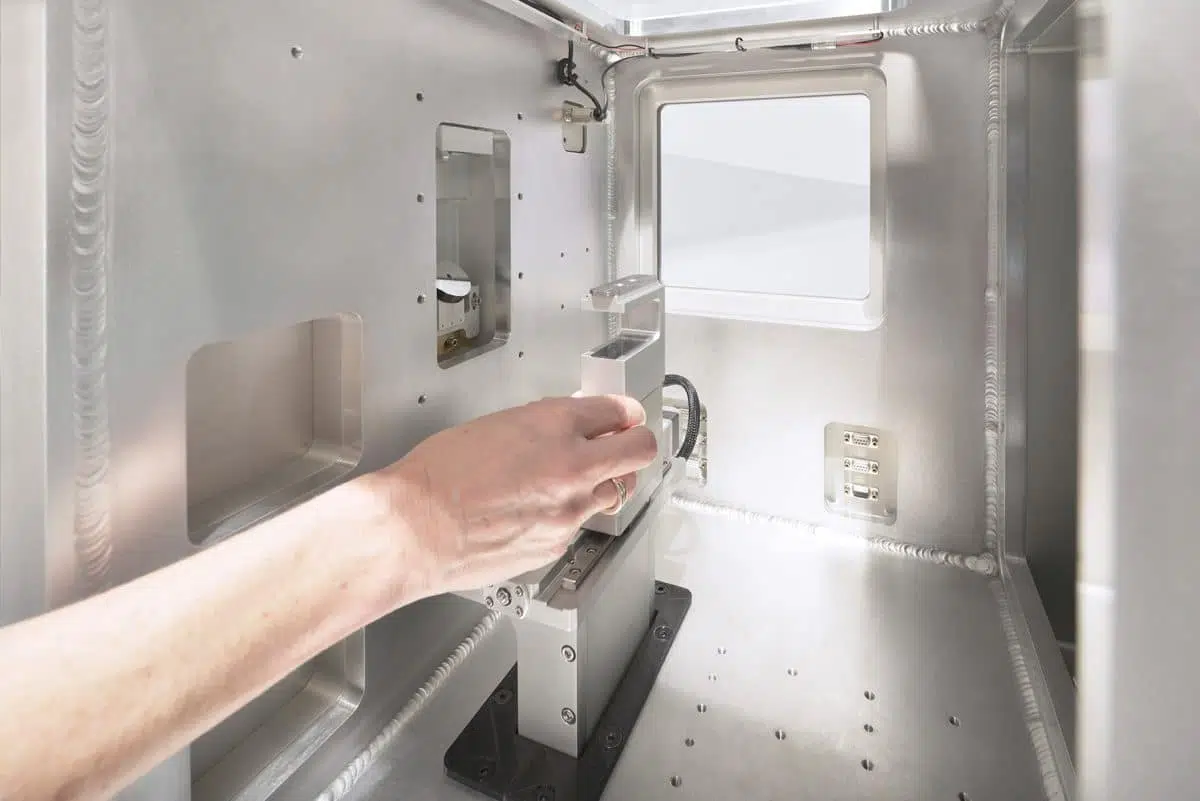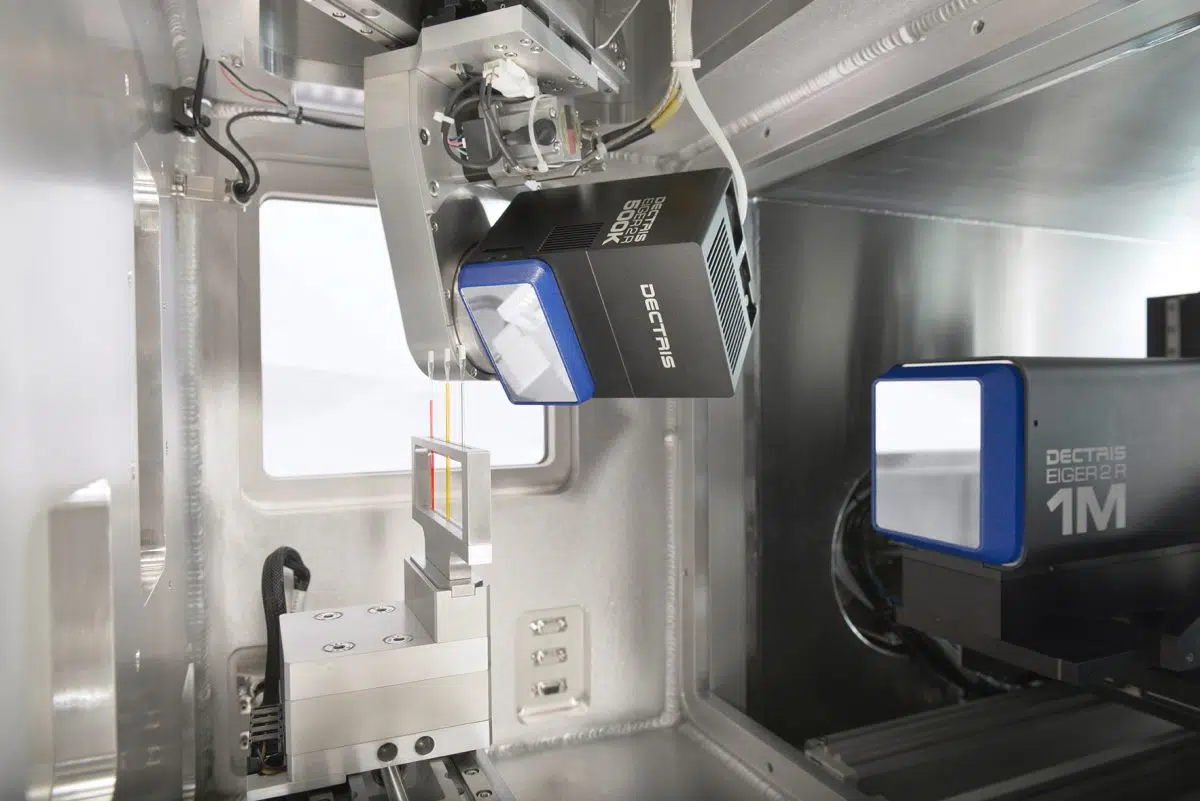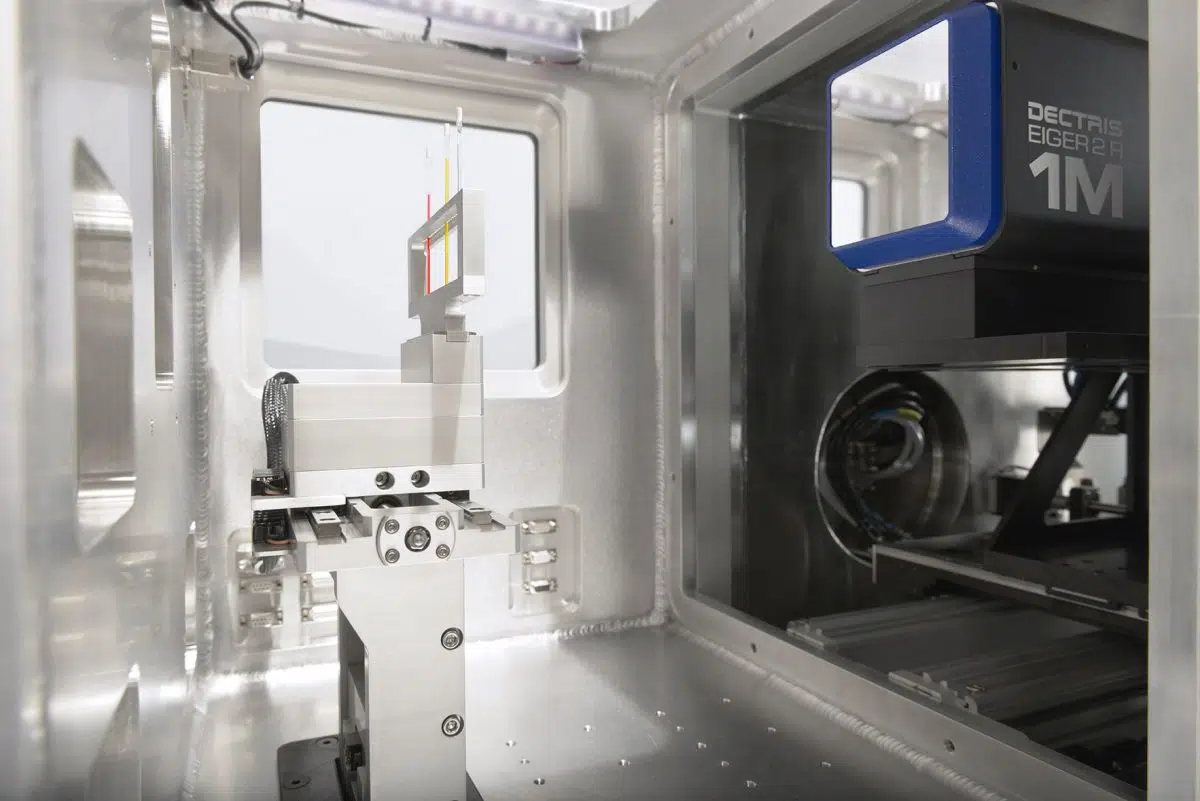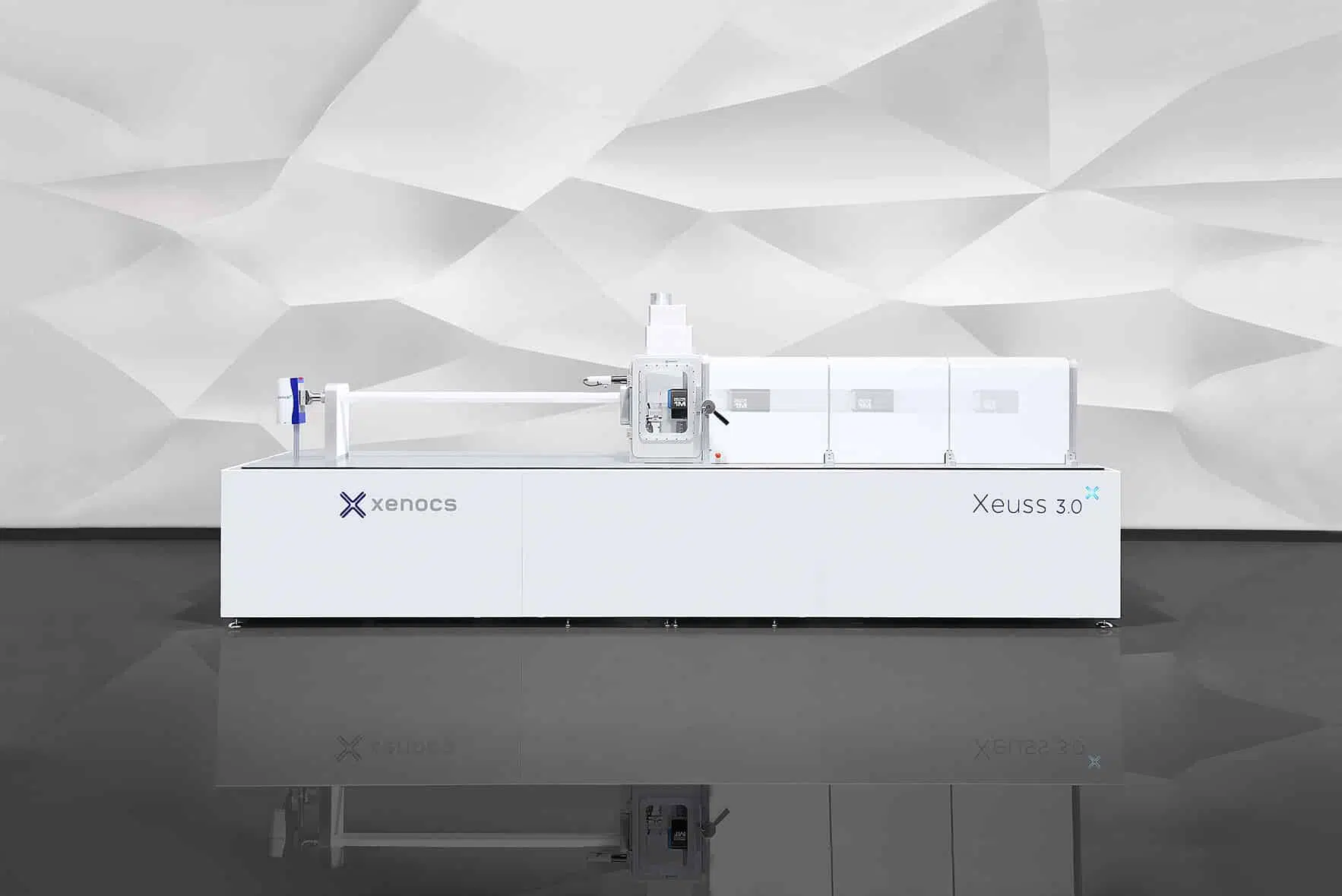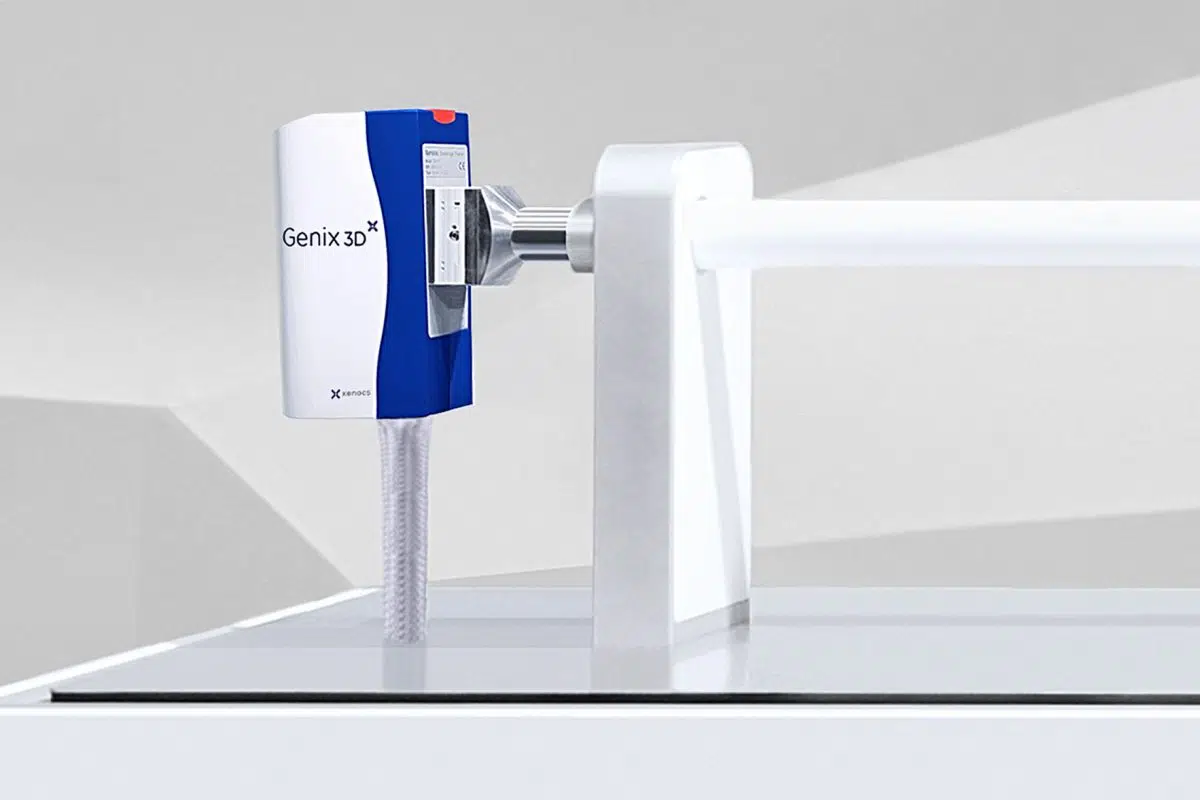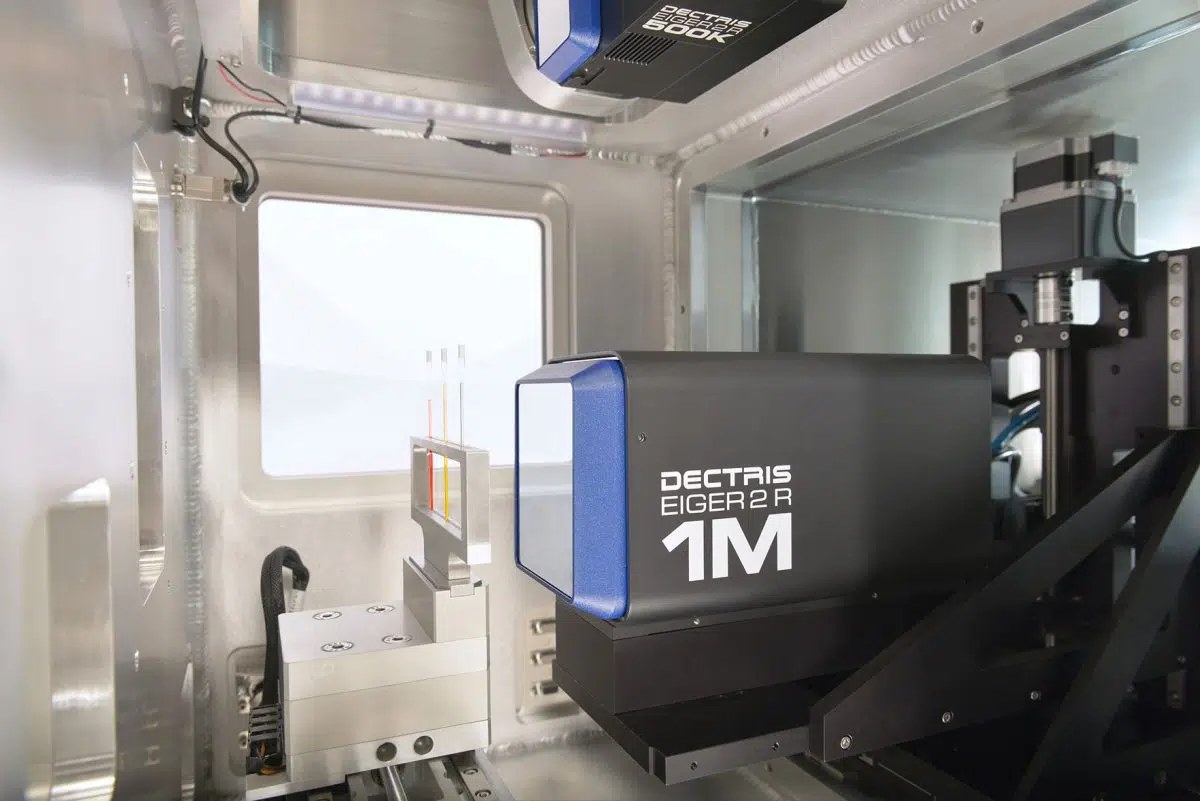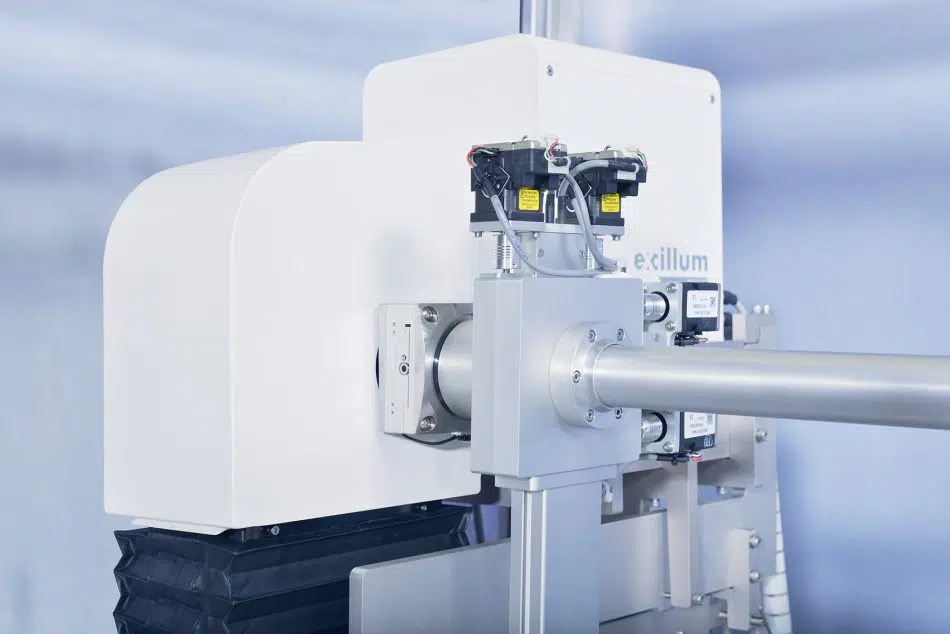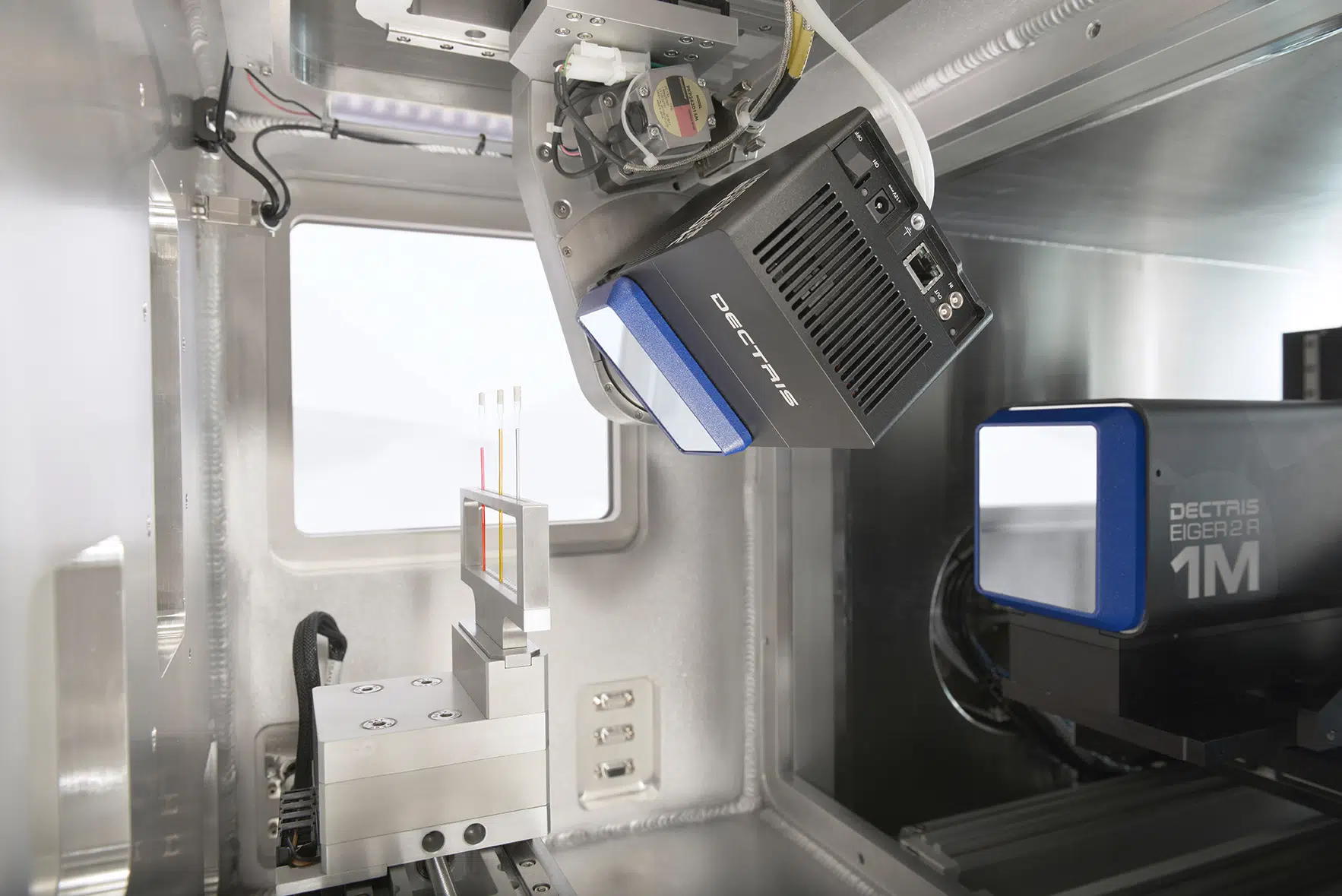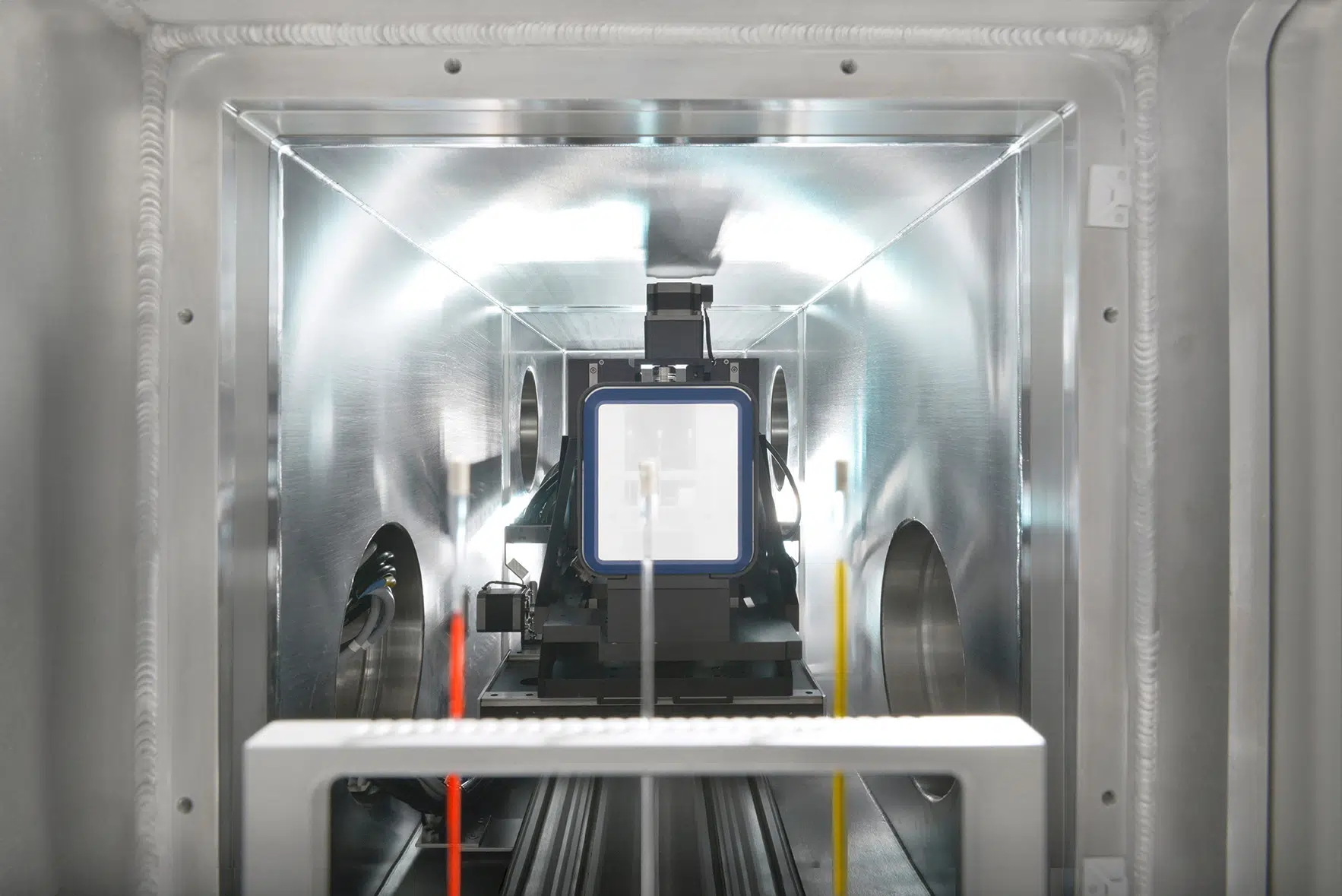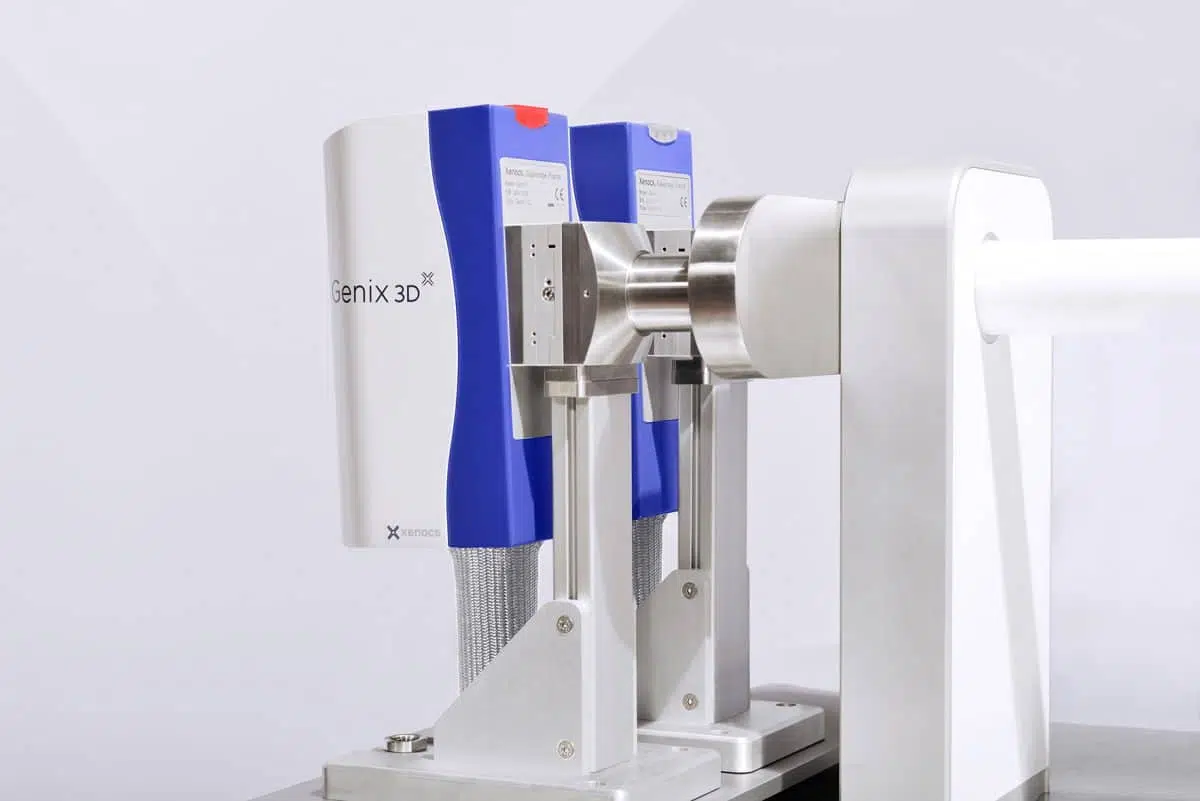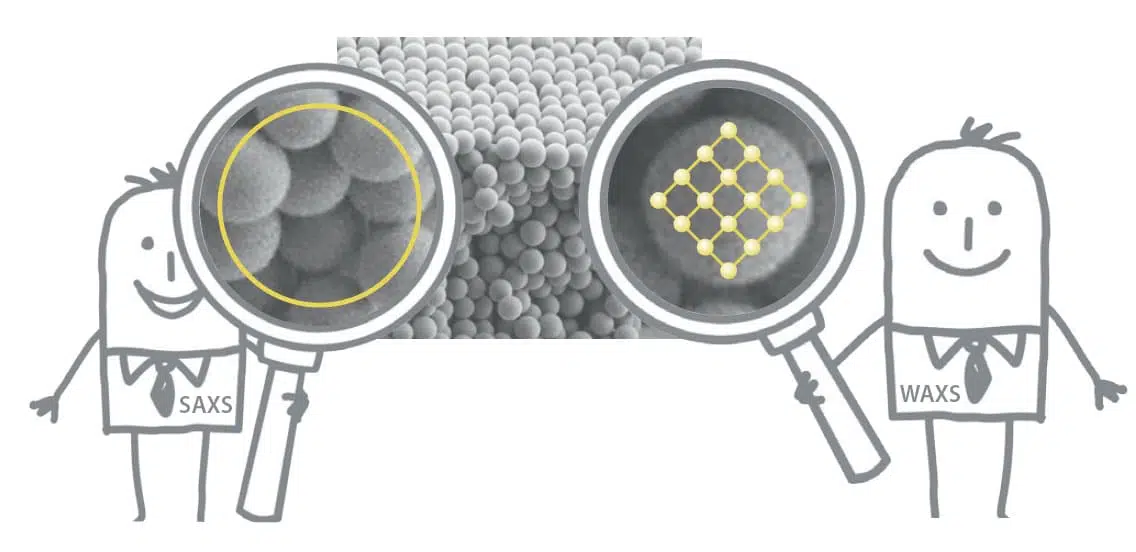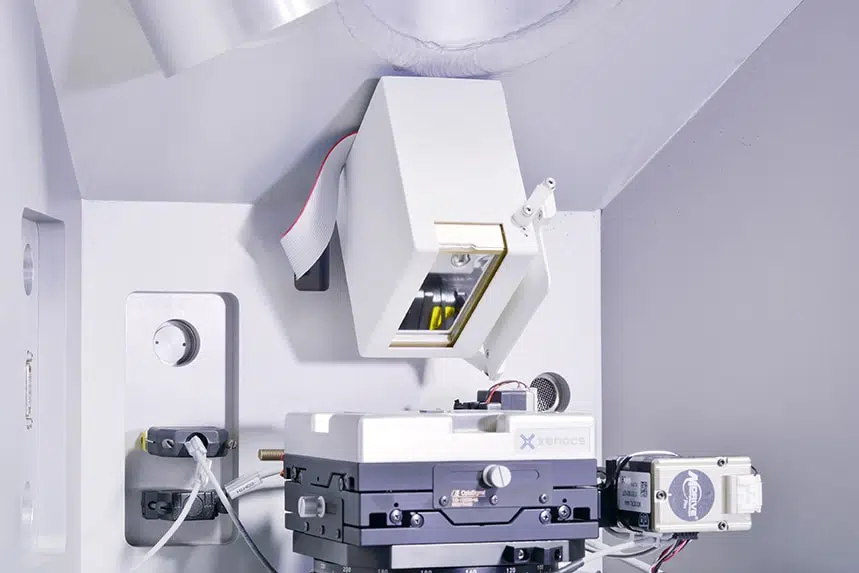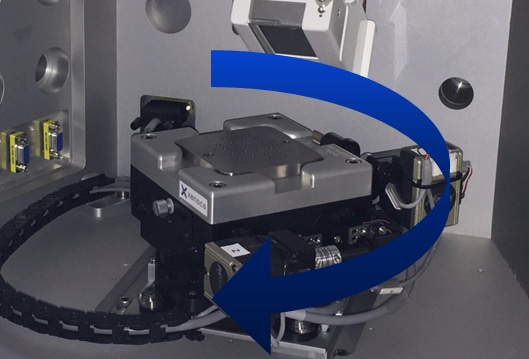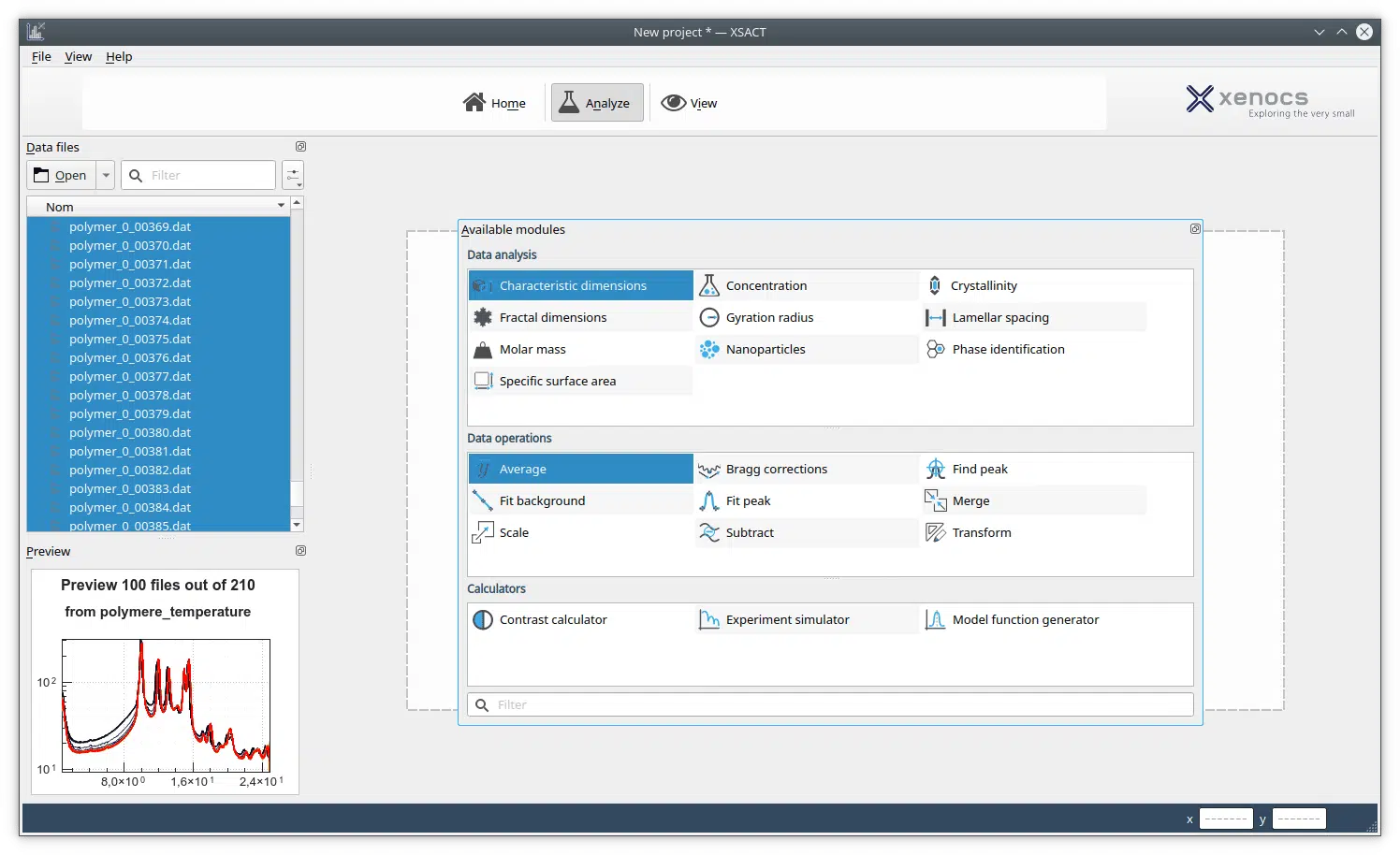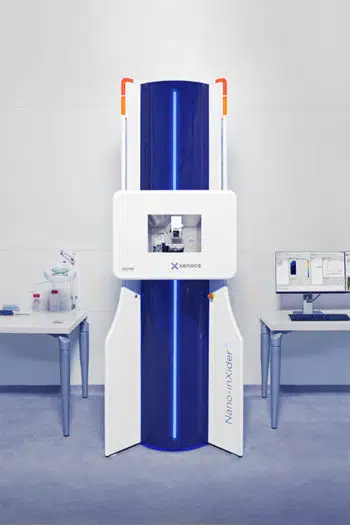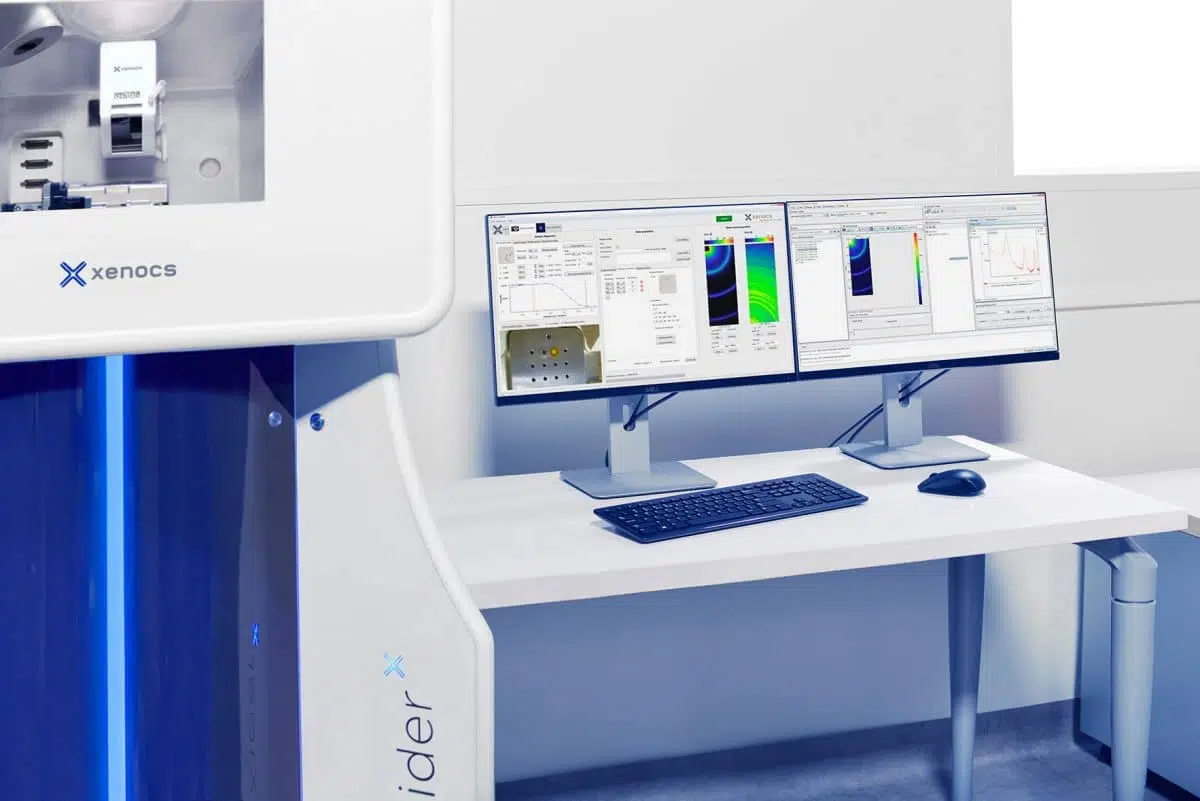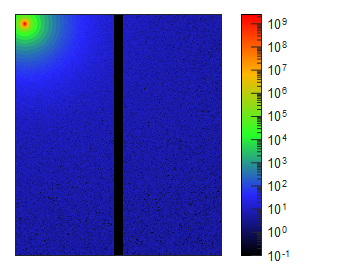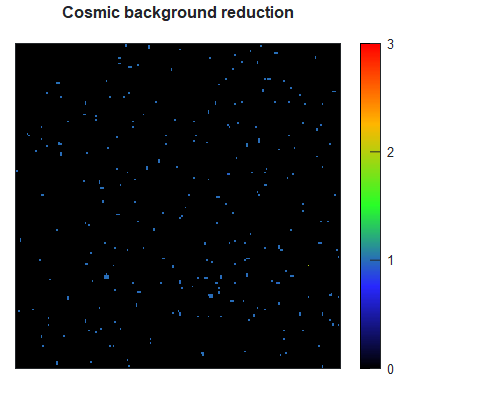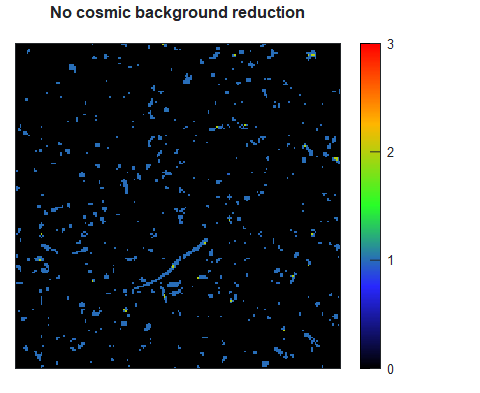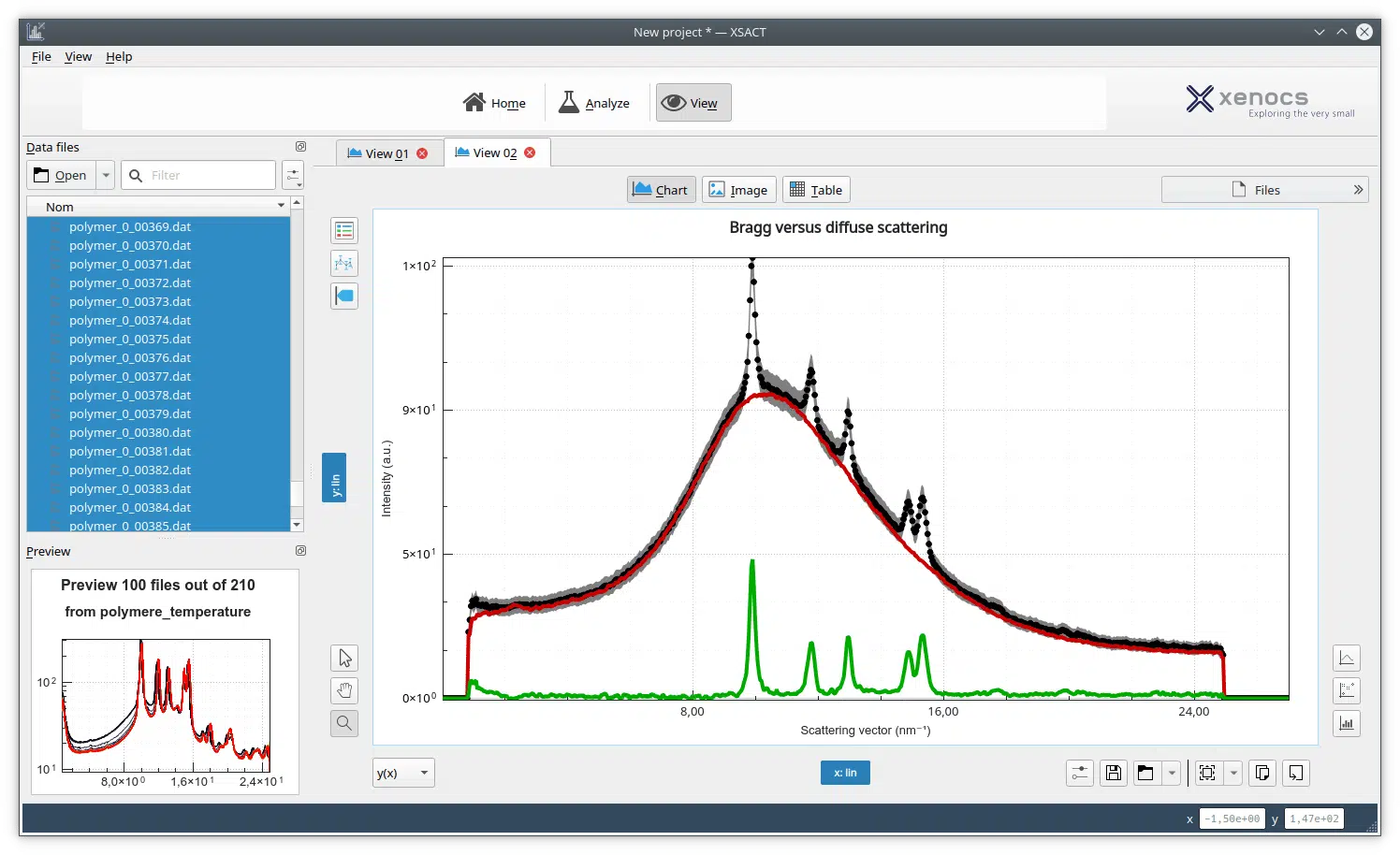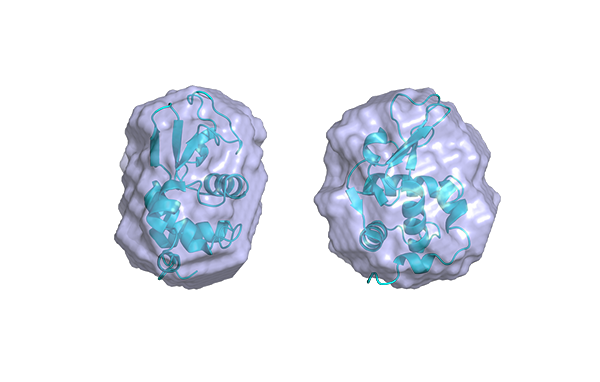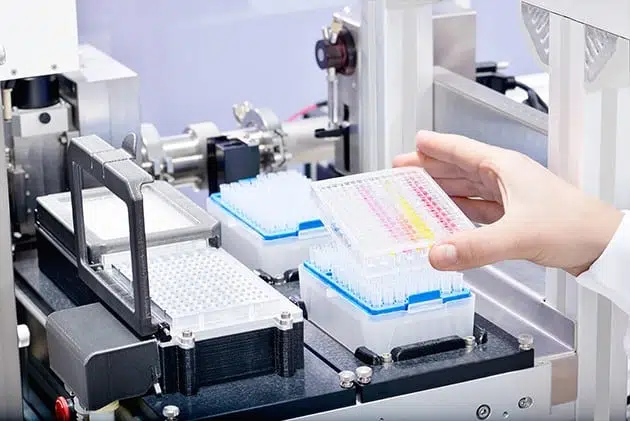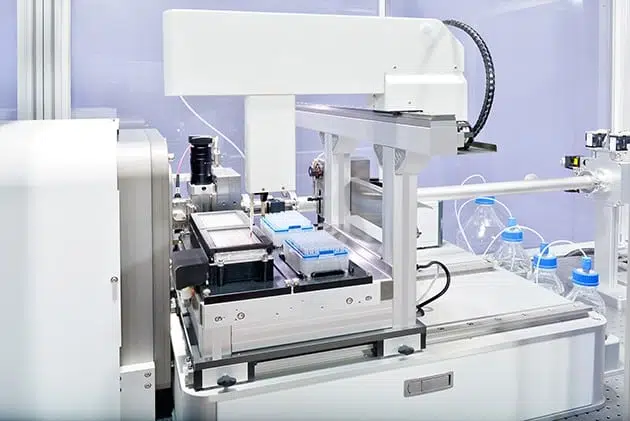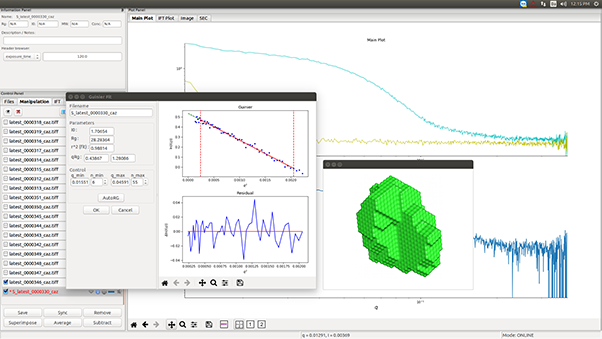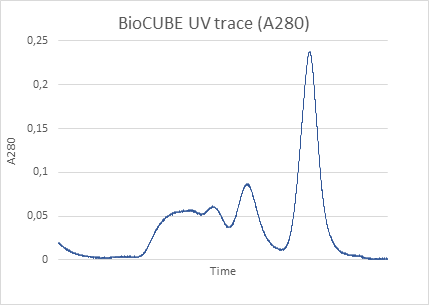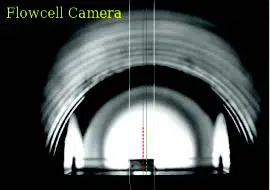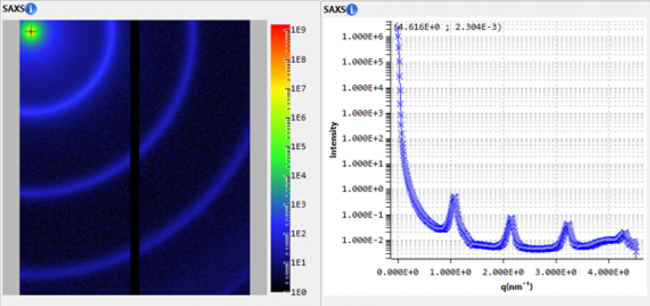Larquet, Clément; Carriere, David; Nguyen, Anh-Minh; Le, Thi Kim-Chi; Frogneux-Plé, Xavier; Génois, Isabelle; Le Griel, Patrick; Gauzzi, Andrea; Sanchez, Clément; Carenco, Sophie
Parisi, Daniele; Ruan, Yingbo; Ochbaum, Guy; Silmore, Kevin S.; Cullari, Lucas L.; Liu, Chen-Yang; Bitton, Ronit; Regev, Oren; Swan, James W.; Loppinet, Benoit; Vlassopoulos, Dimitris
Cohen, Neta; Ochbaum, Guy; Levi-Kalisman, Yael; Bitton, Ronit; Yerushalmi-Rozen, Rachel
Cherkasov, Nikolay; Expósito, Antonio José; Aw, Moom Sinn; Fernández-García, Javier; Huband, Steven; Sloan, Jeremy; Paniwnyk, Larysa; Rebrov, Evgeny V.
Jones, Corey; Hughes, Colan; Yeung, Hamish; Paul, Alison; Harris, Kenneth D. M.; Easun, Timothy
Hua, Zan; Jones, Joseph R.; Thomas, Marjolaine; Arno, Maria C.; Souslov, Anton; Wilks, Thomas R.; OReilly, Rachel K.
Konko, Iuliia; Guriyanova, Svetlana; Boyko, Volodymyr; Sun, Lichao; Liu, Dong; Reck, Bernd; Men, Yongfeng
Fletcher, D. C.; Hunter, R.; Xia, W.; Smales, G. J.; Pauw, B. R.; Blackburn, E.; Kulak, A.; Xin, Huolin; Schnepp, Z.
Chen, Xuelian; Wei, Meng; Jiang, Shaohua; Förster, Stephan
Herbst, Maria; Hofmann, Eddie; Förster, Stephan





